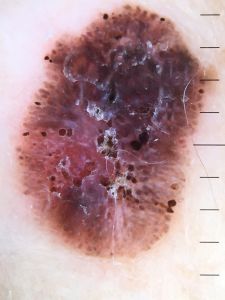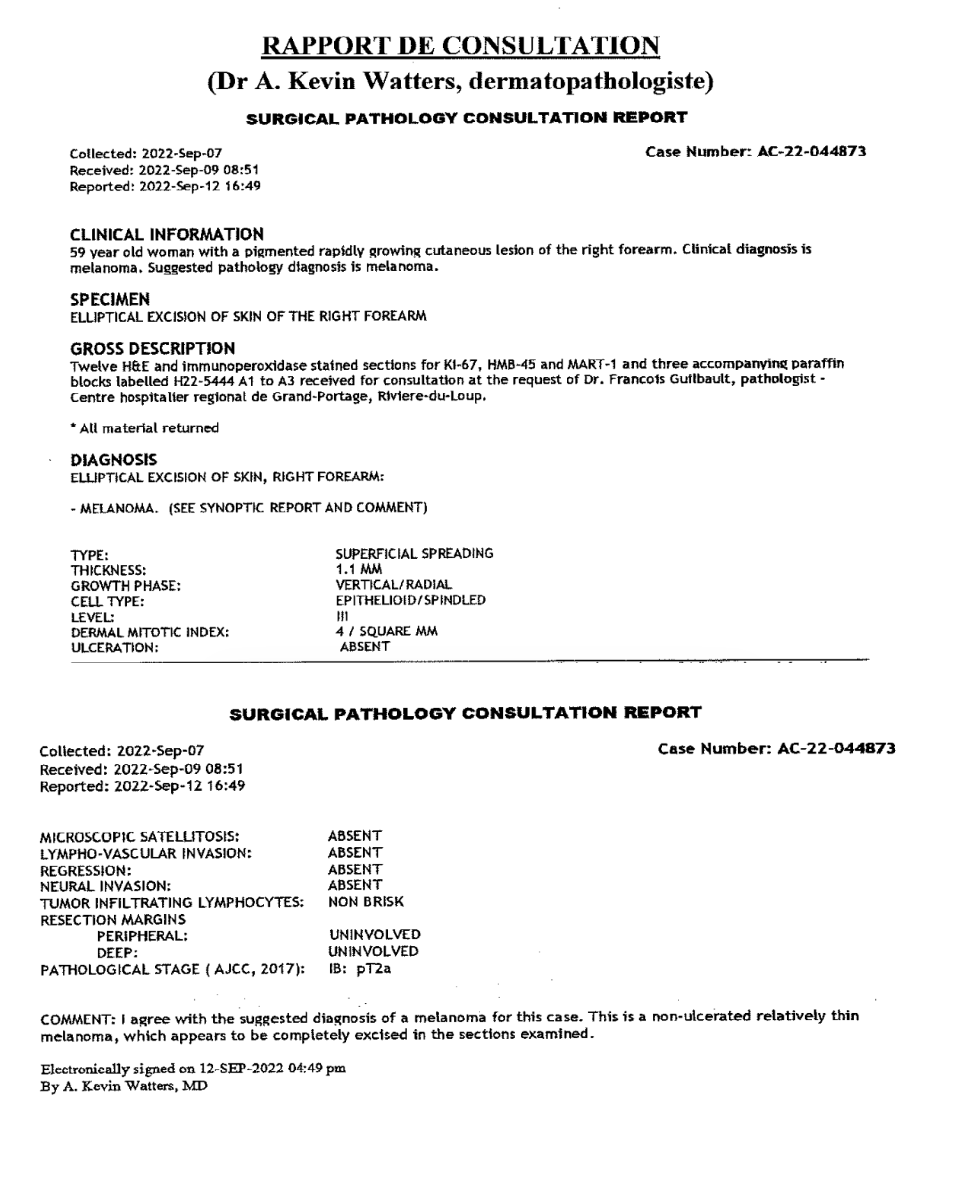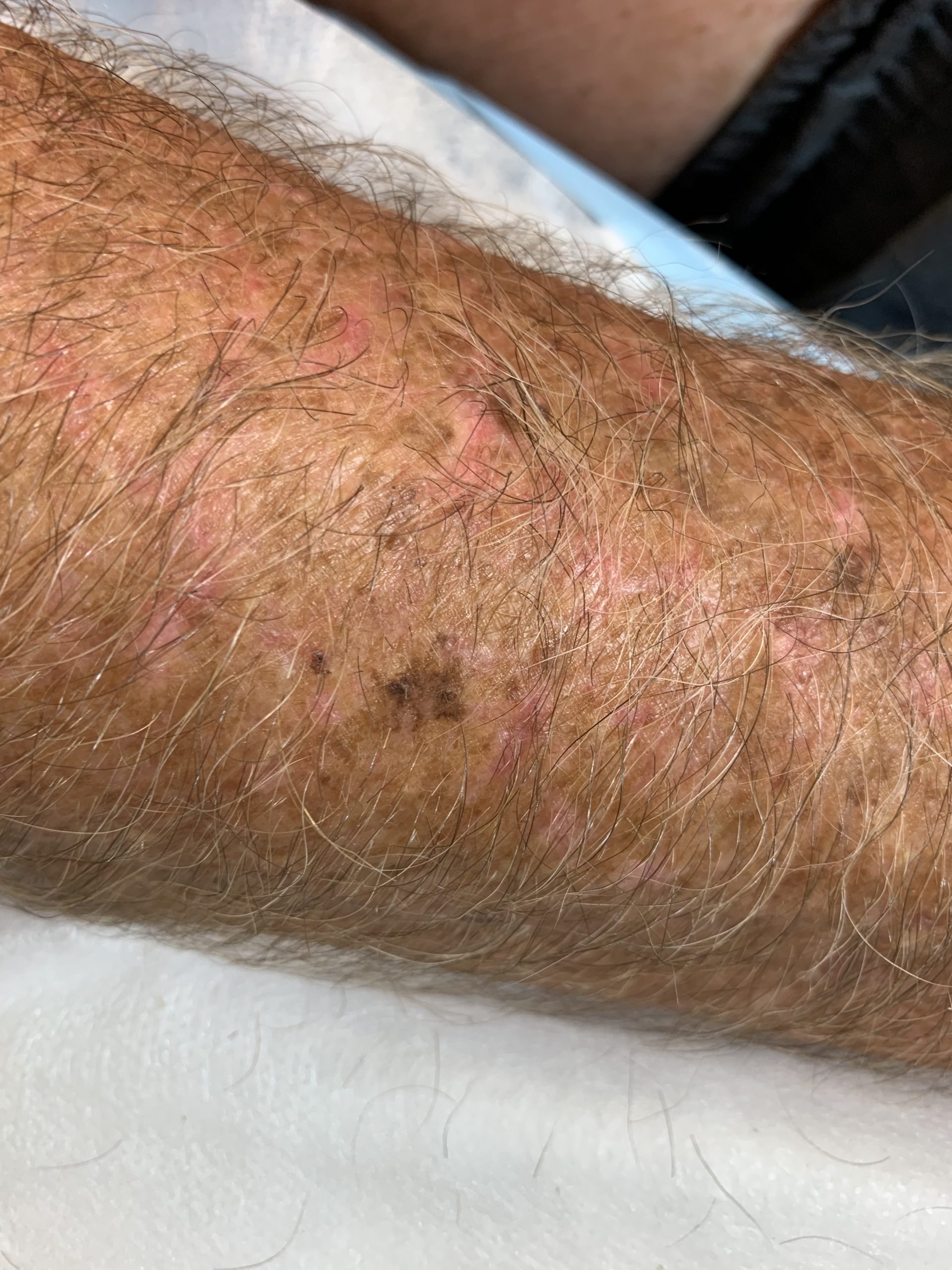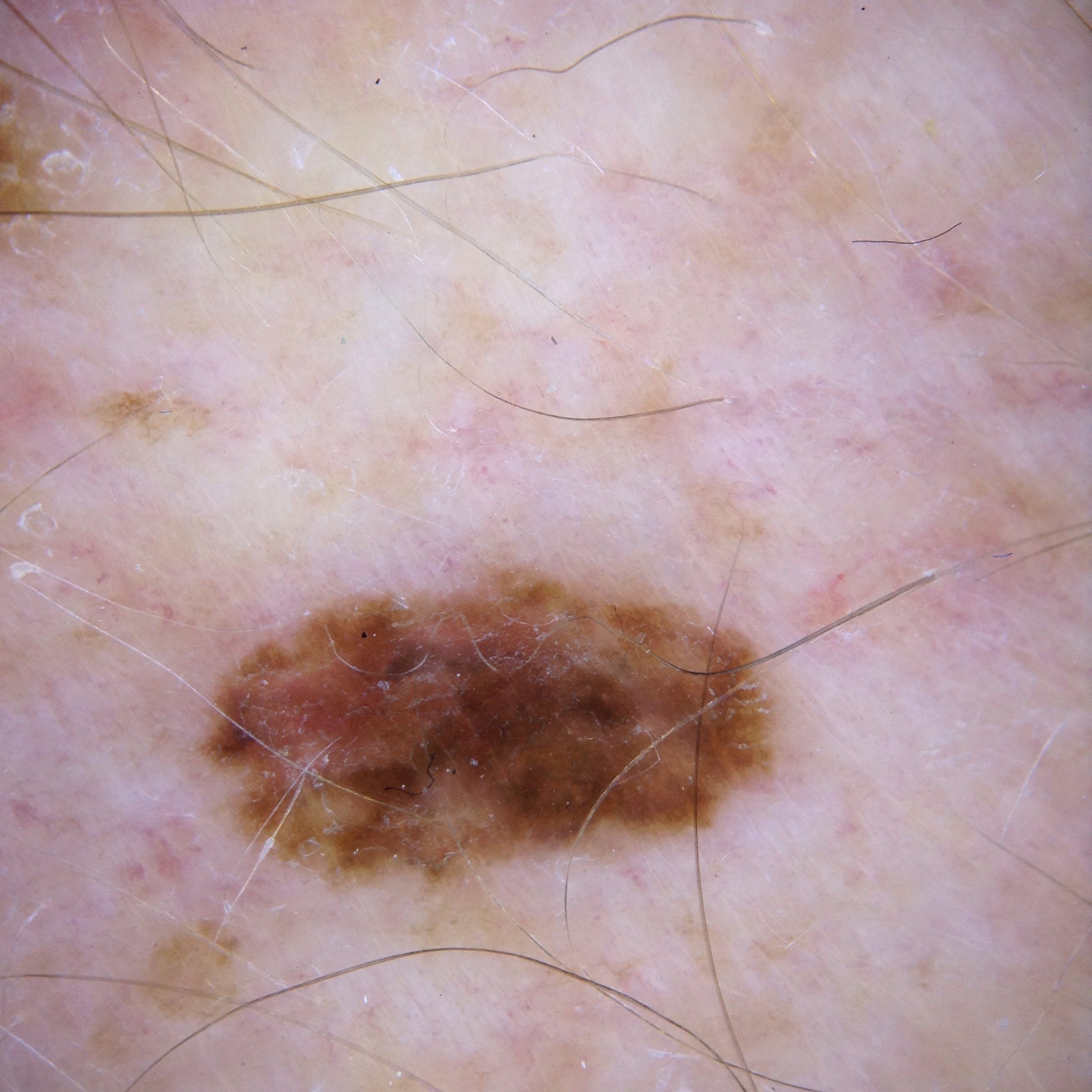Cade discussion: 59-year-old female patient, no previous skin cancers, presented with lesion on arm, growing 2 years. What do you make of the dermoscopy?
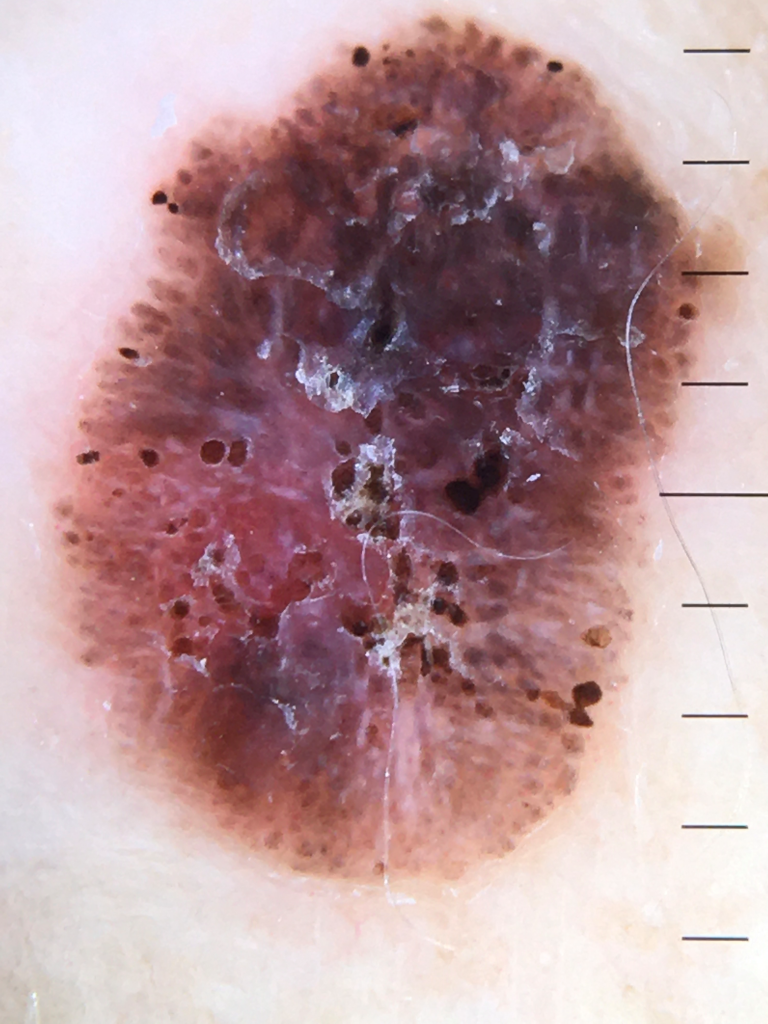
Author
HealthCert Education
HealthCert Education
1 minute read
Comments

 1800 867 1390
1800 867 1390